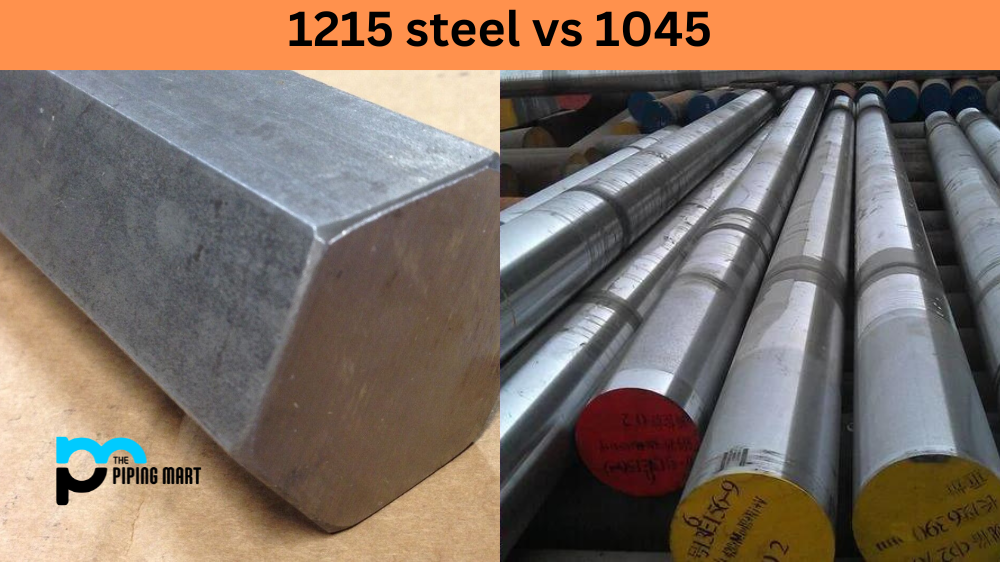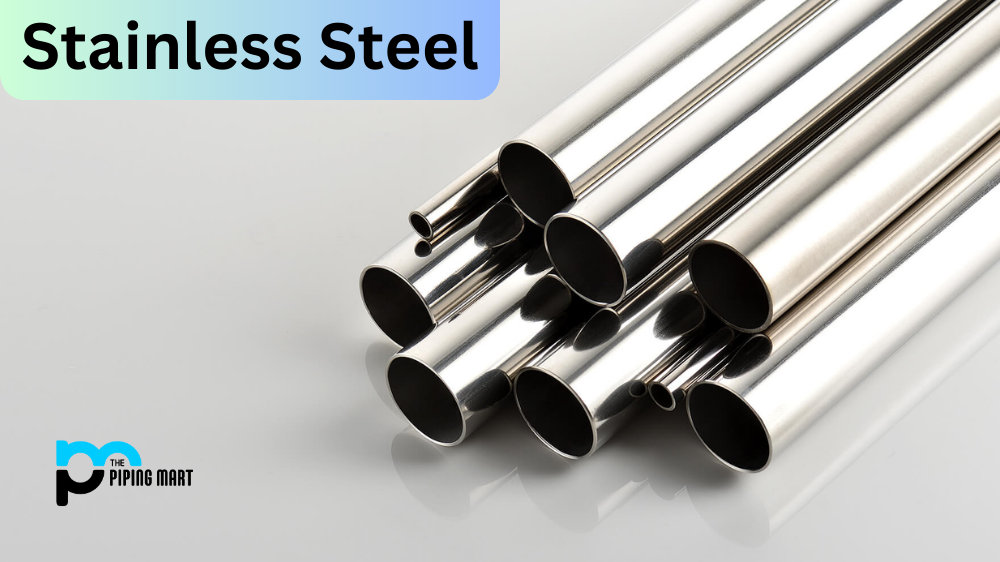When choosing the right steel for your project, various options exist. Depending on your project’s requirements, you may need steel with certain properties, such as strength, durability, or machinability. Two popular choices for steel are 1215 and 1045. But which is better? In this blog post, we’ll explore the differences between the two steels and help you decide which is right for your project.
Difference Between 1215 Steel and 1045
Composition
1215 steel is low-carbon steel with a carbon content of 0.12%. 1045 steel is a medium carbon steel with a carbon content of 0.45%.
Properties
1215 steel is more ductile and malleable than 1045 steel. 1215 steel is also easier to work hard and can be machined more easily than 1045 steel.
Uses
1215 steel is often used in applications requiring close tolerances, smooth finishes, or low carbon content. 1045 steel is often used in applications where higher strengths are required.
Welding
1215 steel can be welded using most standard welding methods. 1045 steel can be welded using most standard welding methods, but preheating may be required to prevent cracking.
Heat Treatment
1215 steel can be heat treated to achieve higher strengths. 1045 steel can be heat treated to achieve higher strengths, but it will become less ductile and more brittle at high temperatures.
Conclusion
In conclusion, choosing the right steel for your project depends on various factors, including machinability, strength, toughness, and cost. If you require steel that is easy to machine, 1215 steel may be the better choice. However, if you need steel that offers high strength and durability, 1045 may be the better option. Ultimately, the choice between these two steels depends on the specific requirements of your project. Whatever your choice, work with an experienced steel supplier to ensure you get the right steel for your needs.

A passionate metal industry expert and blogger. With over 5 years of experience in the field, Palak brings a wealth of knowledge and insight to her writing. Whether discussing the latest trends in the metal industry or sharing tips, she is dedicated to helping others succeed in the metal industry.




